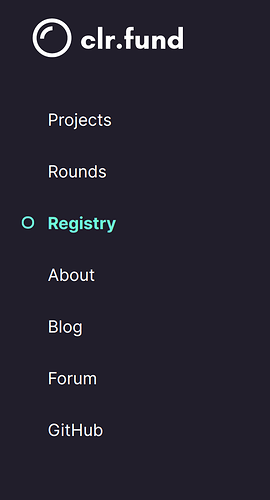Categories like ‘honest’ and ‘correct’ rarely apply in our use case because the answer to question about whether something is public good or not is mostly subjective. When someone submits a project to the TCR and another person challenges this submission we only have two opinions. In most cases both sides are honest. And Kleros is really good for resolving such disputes because it gives feedback immediately and the losing side don’t lose much.
Yes, in escalation game it is likely that one side will eventually give up, but not because they are dishonest or wrong but because there’s no certainty in arbitration outcome and they don’t want to lose a lot of money.


